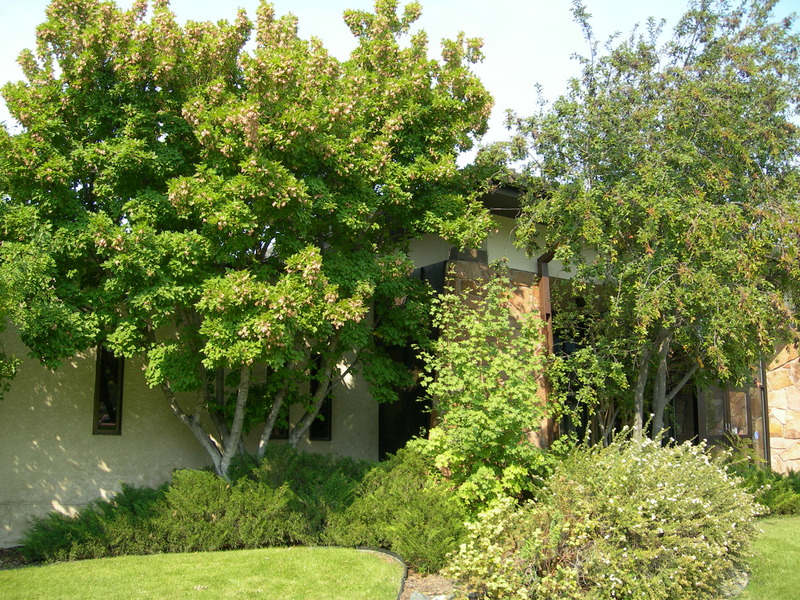
In 1865, Montana’s territorial legislature passed its first conservation law, limiting the capture of trout to rod or pole. By 1901, Montana had eight deputy game wardens, which grew to twenty-four by 1917. Hunting and angling became increasingly popular leisure activities after World War II, and Fish and Game’s growing number of Helena-based employees worked in rented offices scattered across town. In 1976, the department built itself a permanent home. Designed by the Helena architecture firm of Campeau and Crennen, the building still houses the offices of Fish, Wildlife and Parks. Campeau and Crennen’s design rejects the austerity of Modernism; instead, it borrows from styles associated with the natural world to reflect the agency’s mission. Stucco walls ornamented with false vigas (brick colored blocks meant to mimic beams) reference the Pueblo style of the Southwest. The entryway, covered with rubble stone, echoes the Rustic style popular in the national parks. Inside, carvings of native wildlife adorn office doors and a vaulted ceiling supported by huge exposed beams gives the lobby a rustic look.
Images





